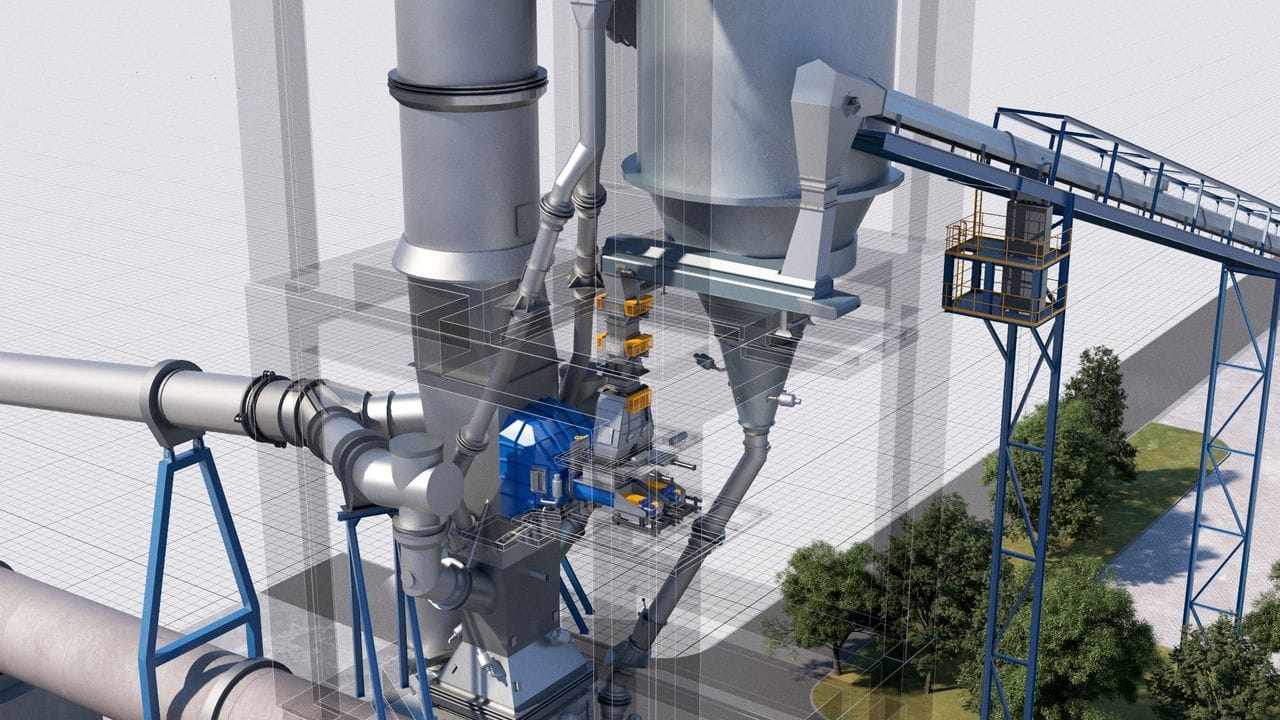The intended modernization of the pyroprocessing line requires some modifications to the preheater. The design of the preheater and the calciner will be modified in such a way that the use of substitute fuels can be further promoted in the future, with the typical primary fuels - in this case coal and natural gas - being substituted to the same extent. Once commissioned, the kiln line will achieve a thermal substitution rate of 60% over the entire line. This is made possible by the application of the prepol® SC technology and the extension of the old calciner. The typical residence time for thermal conversion of substitute fuel in the calciner will be increased to more than two minutes through the use of prepol® SC technology, thus also permitting the use of coarse and non-fluffy substitute fuel.
The high thermal substitution rate in conjunction with the chemical properties of the substitute fuels is accompanied by the need to operate a bypass plant to ensure product quality and stable plant operation. The bypass plant and the corresponding dust handling with the transport of the bypass dust to the cement mills are also part of the rebuild concept.
In the course of the capacity increase and the increased use of substitute fuels, structural modifications will also be made to the preheater. Four Cyclones of the 5-stage preheater have to be structurally adapted to cope with the higher flue gas volume. The planned higher clinker capacity makes it necessary to increase the kiln speed to revolutions 5 per minute. Corresponding rehabilitation and conversion measures are planned for the kiln drive.
In addition, the latest generation of the polytrack® clinker cooler will be integrated into the new kiln line. This will be installed in the existing cooler housing.
